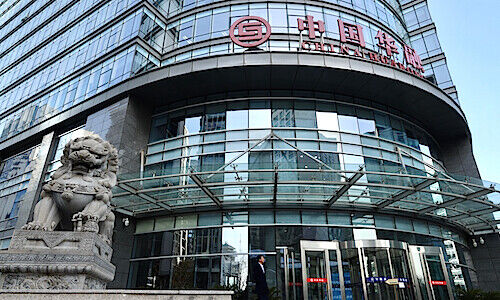Huarong: Chinese Credit Disaster Averted?
Following the death of Lai and the delayed report, investors have sharpened worries about Huarong’s total debt of $42 billion, according to «Bloomberg» data, including $7.4 billion of bonds due for repayment or refinancing this year and $17.1 billion total due by 2022-end.
While Beijing has historically backed other state-owned enterprises, investors are particularly concerned about whether or not the government will stand behind $23.2 billion of debt that Lai borrowed from overseas markets.
Bankruptcy Risk
In addition to assurances from the regulator, an «SCMP» report citing unnamed sources claims that Huarong has sufficient funds for the full repayment of a S$600 million ($450 million) offshore to due on April 27.
Nonetheless, unease remains in markets as Huarong had the equivalent of $3.4 billion of deposits at the central as of June 30, according to its last interim report, largely held in mandatory reserves with just $84 million was readily available for daily operations.
Its postponed results led mainland media firm «Caixin» to attribute the delay to significant financial restructuring and speculate about the possibility of bankruptcy.
More Headwinds Regardless
Even assuming Huarong can effectively manage its debt in the short term, the overall bad debt market in China is set to face more headwinds.
Huarong's chief supervisor Hu Jianzhong said at a recent Beijing-based event that he expects bad debt volume to increase as prices fall in the coming three to five years while declining to comment on the firm’s bond repayment plan or the timing for the release of its delayed annual report.
Huarong is one of China’s four original entities that manage the disposal of bad debt in the mainland with the Ministry of Finance as its biggest shareholder. The country recently added its first new player – Galaxy Asset Management – in over two decades.
- << Back
- Page 2 of 2






















